Steve Jobs: Developing the heart of Apple
This article will take you down memory lane and narrate to you the story of a man, who took Apple to heights for success, this is the story of Steve Jobs.

Do you have similar website/ Product?
Show in this page just for only
$2 (for a month)

0/60
0/180
Steve Jobs: Developing the heart of Apple
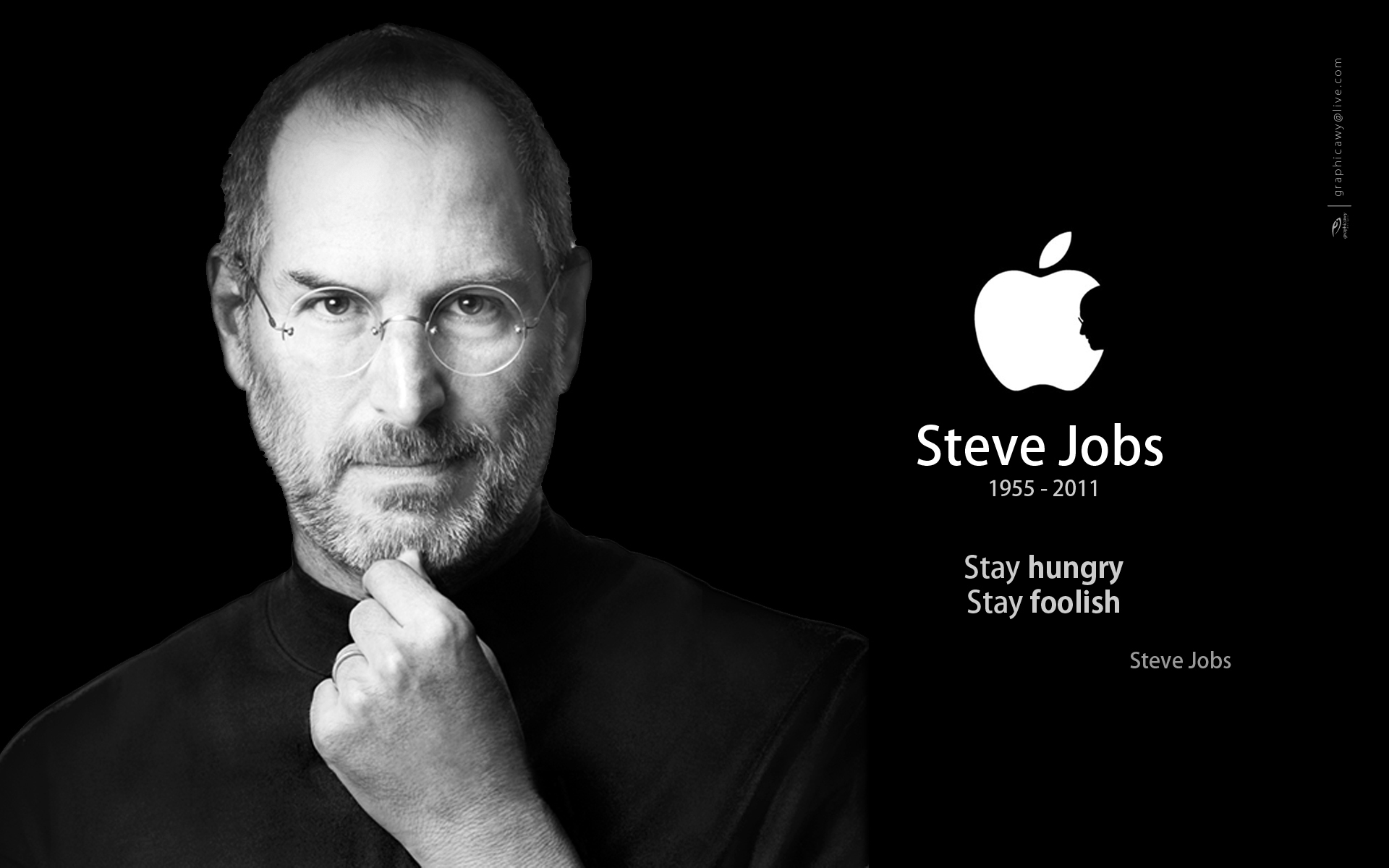

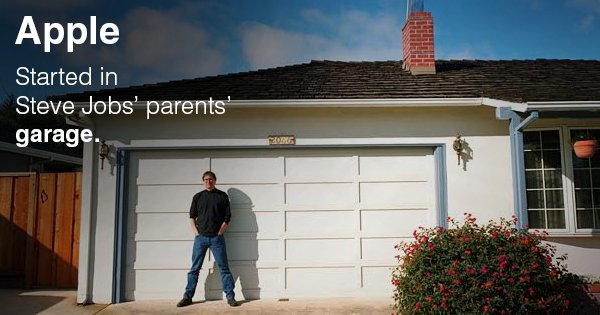
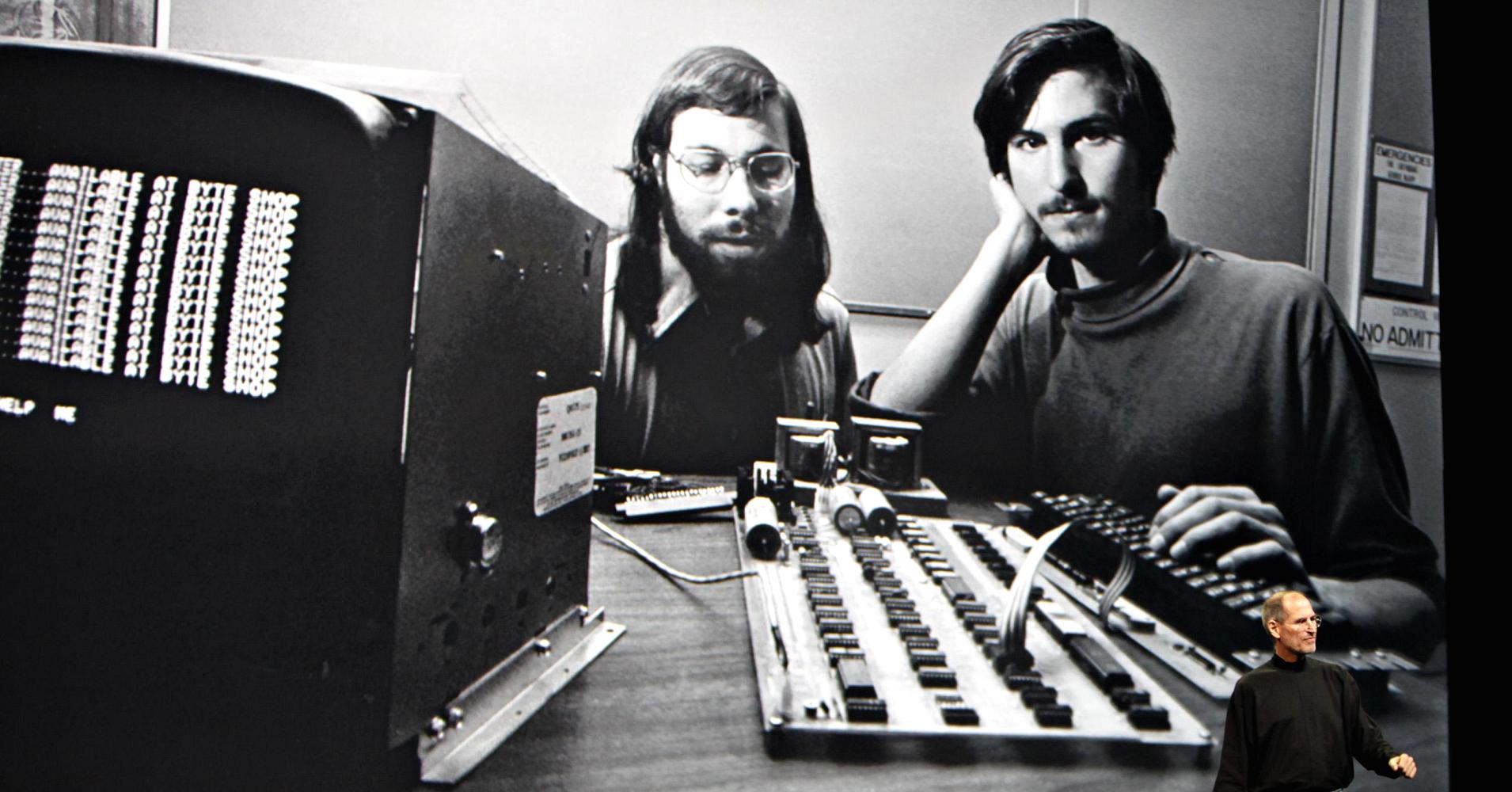
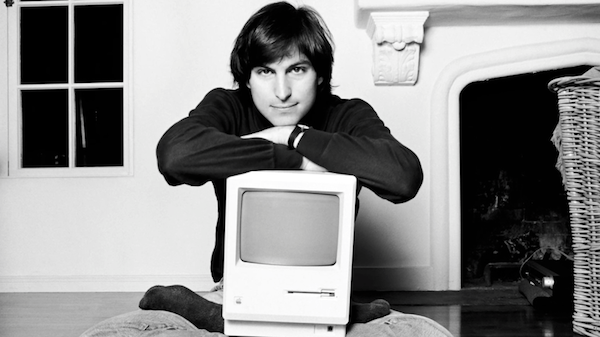
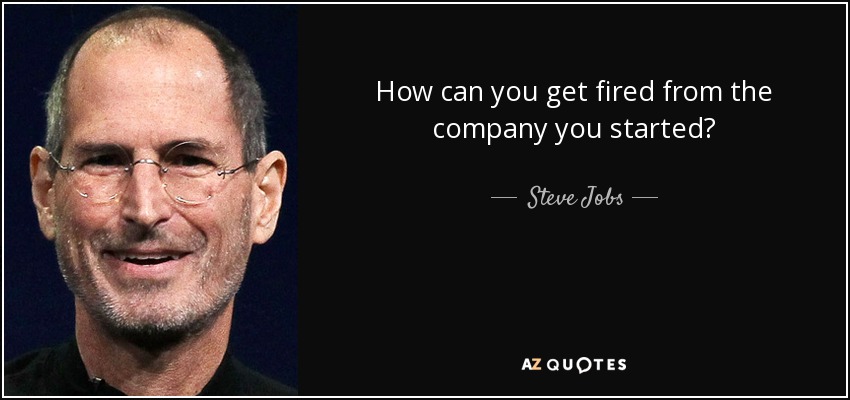
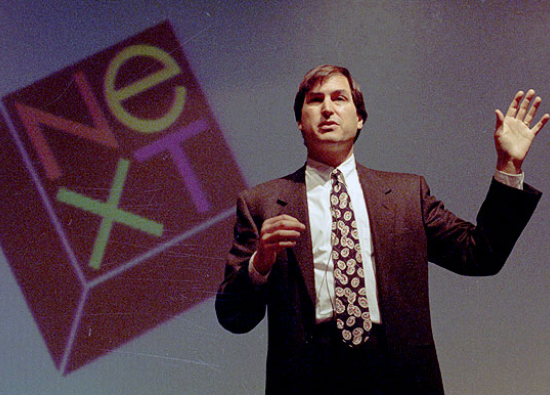
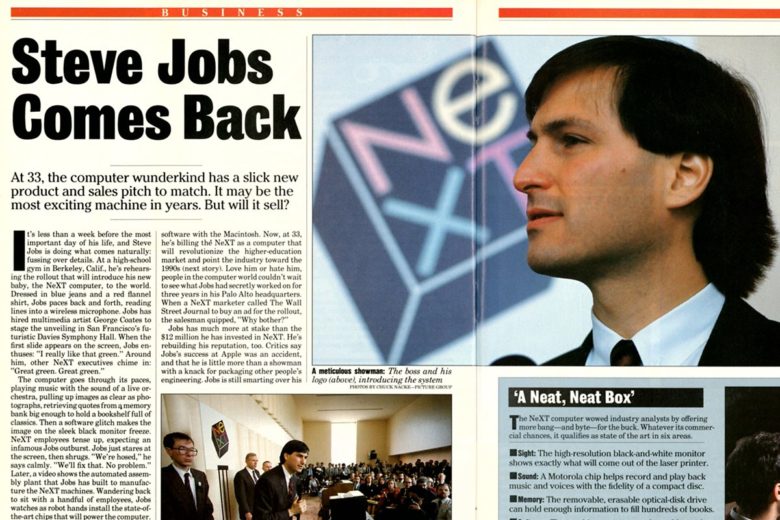
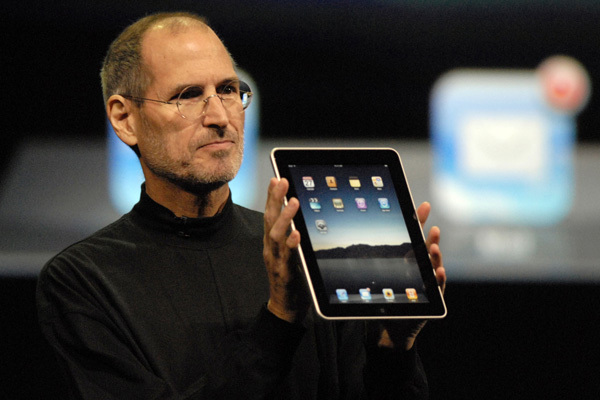
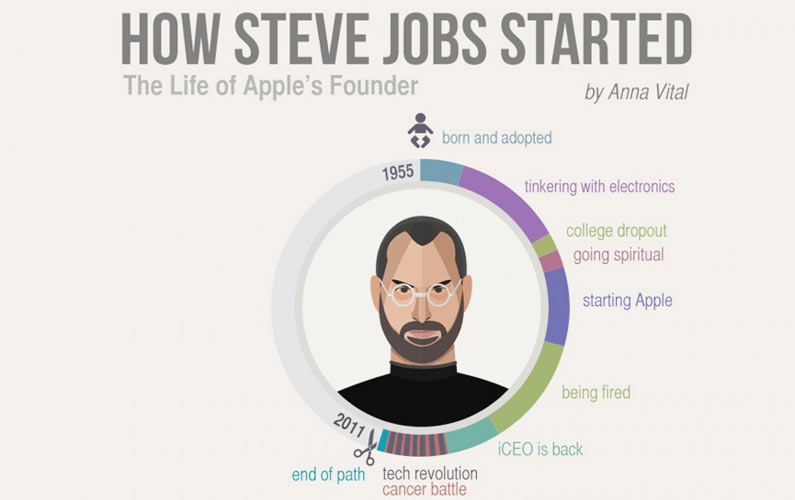
"Whatever you do, you must never let the voice in your head control the brain in your heart".

Steve Paul Jobs (1955-2011)
Co-founder: Apple Inc.
Founded: 1976
This article will take you down memory lane and explain to you how staying hungry and staying foolish led to a company that won the hearts of billions. A company that is the center of excellence in today?s tech world.
Early Days
Steve Jobs was an adopted child; he grew up in San Francisco and attended the Reed College in 1972. Before attending college, Jobs in high school boldly called Hewlett-Packard co-founder and President William Hewlett to ask for parts for a school project. Impressed by Jobs, Hewlett not only gave him the parts but also offered him a summer internship at Hewlett-Packard. It was there that Jobs met and befriended Steve Wozniak, a young engineer five years his senior.
Steve had interest in electronics and gadgetry but he dropped out of college very soon. He was influenced by Buddhism and wanted to visit India to gain spirituality. To fund his India trip Jobs developed video games for Atari arcade gaming. Jobs? declassified FBI report stated that an acquaintance knew that Jobs had used marijuana and LSD while he was in college. Jobs once told a reporter that taking LSD was "one of the two or three most important things" he did in his life.

Apple started in a Garage
When Jobs returned to the U.S., he renewed his friendship with Wozniak, who had been trying to build a small computer. .Jobs saw Wozniak's computer, recognized its brilliance, and sold his VW microbus to help fund its production, Wozniak also sold his HP calculator. To Wozniak, it was just a hobby, but the visionary Jobs grasped the marketing potential of such a device and convinced Wozniak to go into business with him. In 1975, the 20-year-old Jobs and Wozniak set up shop in Jobs' parents' garage, dubbed the venture Apple, and began working on the prototype of the Apple Together they founded Apple Computer Inc on 1 April 1976, alongside Ronald Wayne.

Speaking to National Public Radio in 2006, Wozniak explained that: "When I built this Apple I? the first computer to say a computer should look like a typewriter - it should have a keyboard - and the output device is a TV set, it wasn't really to show the world that]here is the direction it]should go [in]. It was to really show the people around me, to boast, to be clever, to get acknowledgment for having designed a very inexpensive computer."

Apple II and Macintosh
Jobs inked a deal with the Byte Shop in Mountain View to supply it with 50 Apple 1 computers at $500 each. Jobs and Wozniak earned enough to improve the design of Apple 1, so a year later in 1977, they introduced the Apple one of the first highly successful mass-produced personal computers. Apple II had color graphics and a keyboard. Designed for beginners the user-friendly Apple II was a tremendous success. The concept, the ideas of the founders were much ahead of its time. Apple II was put on display at West Coast Computer Faire and people were very impressed with it. Apple II was an instant hit, almost six million series IIs were produced over 16 years. Though the company was still getting started, and its brightest days were still ahead.

Steve Jobs getting fired
In 1979, after a tour of PARC, Jobs saw the commercial potential of the Xerox Alto, which was mouse-driven and had a graphical user interface (GUI). This led to the development of the unsuccessful Apple Lisa in 1983. Apple's shine was starting to wear off. Increased competition combined with fewer sales of LISA, caused the company to lose nearly half its market to IBM. Faced with declining sales, Jobs introduced the Apple Macintosh in 1984. The first personal computer to feature a graphical user interface controlled by a mouse, in addition to being the first mass-produced computer with a GUI, the Macintosh introduced the sudden rise of the desktop publishing industry with the addition of the Apple LaserWriter, the first laser printer to feature vector graphics, the Macintosh was a true breakthrough in terms of ease-of-use. But the marketing behind it was flawed. Jobs had envisioned the Mac as a home computer, but at $2,495, it was too expensive for the consumer market. When consumer sales failed to reach projections, Jobs tried pitching the Mac as a business computer. But with little memory, no hard drive, and no networking capabilities, the Mac had almost none of the features corporate America wanted.

For Jobs, this turn of events caused serious trouble. He clashed with Apple's board of directors and, in 1983, was ousted from the board by CEO John Sculley, whom Jobs had handpicked to help him run Apple. Stripped of all power and control, Jobs eventually sold his shares of Apple stock and resigned in 1985.
Finding NeXT
After leaving Apple, Jobs took a few of its members with him and founded NeXT, a computer platform development company that specialized in state-of-the-art computers for higher-education and business markets. In addition, Jobs helped to initiate the development of the visual effects industry when he funded the spinout of the computer graphics division of George Lucas film in 1986- the Toy Story.

Steve Jobs back at Apple as CEO
In 1997, Apple announced a quarterly loss of $708 million. Three months later, Gil Amelio resigned and Apple merged with NeXT. Within a few months of the merger, Jobs became CEO of his former company and he revived Apple the verge of bankruptcy. Once again in charge of Apple, Jobs struck a deal with Microsoft to help ensure Apple's survival. Under the arrangement, Microsoft invested $150 million for a nonvoting minority stake in Apple, and the companies agreed to "cooperate on several sales and technology fronts." Next, Jobs installed the G3 PowerPC microprocessor in all Apple computers, making them faster than competing Pentium PCs. With the "Think different" advertising campaign, Jobs worked closely with designer Jonathan Ive to develop a line of products that would have larger cultural ramifications.

As a result, Apple in a decade launched: the iMac, iTunes and iTunes Store, Apple Store, iPod, iPhone, App Store, and the iPad, these were the revolutionary products that made Apple what it is now.
Jobs era coming to an end
Despite his professional successes, Jobs struggled with health issues. He was diagnosed with a pancreatic Neuron- endocrine tumor in 2003. In October 2011, Jobs passed away at the age of 56 due to complications related to pancreatic cancer. Jobs once described himself as a "hopeless romantic" who just wanted to make a difference.

In November 2014, Apple became the first US company to be valued at over $700 billion. The company employs 115,000 permanent full-time and maintains 475 retail stores in seventeen countries as of March 2017. It operates the online Apple Store and iTunes Store, the latter of which is the world's largest music retailer. There are over one billion actively used Apple products worldwide.

CONTINUE READING
Technology
History
International
Information
Sandeep Semwal
Content Writer
